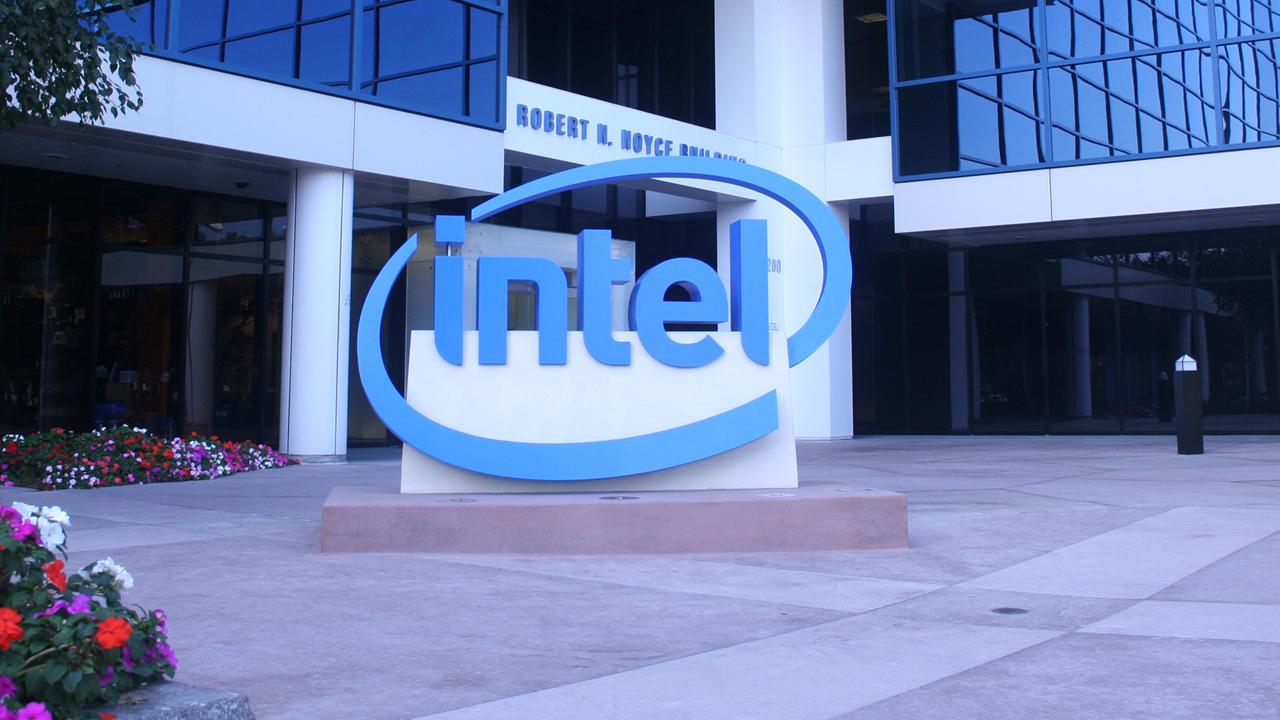Intel optimizes slimmed-down X86S instruction set — revision 1.2 eliminates 16-bit and 32-bit features
Chipzilla seems to be serious about X86S.

Intel continues to work on its not-yet-released redo of the x86 architecture called X86S and has released its version 1.2 specification of the ISA (via InstLatX64 on X).
The chip titan proposed last year that it was about time to introduce a slimmed-down, 64-bit-only version of the x86 architecture, which Intel created alongside the famous 8086 chip back in the 1970s. Since Intel and AMD added tons of capabilities to the long-lived ISA, many features have become “outdated,” according to Intel.
The new version 1.2 of X86S largely touts the many things that have been removed, especially the 16-bit and 32-bit features. Intel did add a “32-bit compatibility mode,” but it’s unclear what exactly it does; we’ve reached out to Intel for comment.
Most importantly, the new X86S ISA would remove native 32-bit support, which has become less valuable since the first 64-bit CPUs arrived in the early 2000s, followed by 64-bit operating systems like Windows 7 a few years later. As of February, the biggest digital games distributor globally, Steam, no longer supports 32-bit MacOS devices.
While simplifying and modernizing one of the world’s most used architectures could be a worthwhile goal, support for legacy hardware and software has been one of x86’s primary characteristics. Windows, primarily run on PCs equipped with x86 chips, has traditionally had legacy support, and the switch to X86S could break with that history.
If Intel were to use X86S for its CPUs in the future, there’s also a big question of what AMD, the other primary x86 CPU designer, would do. Although Intel has always been the bigger company (and still is today despite Intel’s ongoing crisis), AMD has been crucial in the history of x86 and developed the current 64-bit version of the ISA, known as x86-64 or AMD64.
Incidentally, AMD’s 64-bit version of x86 likely doomed Intel’s own 64-bit architecture, Itanium. If Intel seriously plans to use X86S, it might be beneficial for the company to get AMD’s support or avoid a disagreement on legacy support.
Get Tom's Hardware's best news and in-depth reviews, straight to your inbox.

Matthew Connatser is a freelancing writer for Tom's Hardware US. He writes articles about CPUs, GPUs, SSDs, and computers in general.
-
DS426 x86 needs every advantage it can get to remain competitive with RISC. Moreover, the majority of purchasers of these future CPU's will be desiring performance over legacy compatibility. Let virtualization and emulation take care of legacy compatibility needs.Reply
This is a good move -- I'm all for it. As noted elsewhere, Intel's biggest competitor in the datacenter might be ARM, not AMD.
From Intel's perspective, Microsoft needs to sign on to it even more than AMD; they might even have a short-term competitive advantage if AMD comes late to party on it. Interestingly, this provides an opportunity for Intel to license x86(S) all over again to AMD. -
Marlin1975 "get AMD’s support "Reply
Not only amd but Microsoft as well. If they do not then they are wasting their time and limited resources on a wasted divergence. -
setx ReplyIntel did add a “32-bit compatibility mode,” but it’s unclear what exactly it does; we’ve reached out to Intel for comment.
Why do you try to write about things you don't understand at all?
"32-bit compatibility mode" was added by AMD in AMD64.
Most importantly, the new X86S ISA would remove native 32-bit support
No it won't. Only 32-bit Ring 0 is removed, not 32-bit user space.
followed by 64-bit operating systems like Windows 7
You know no older OS than Win7? x86-64 was supported since Windows Server 2003. -
Kamen Rider Blade Reply
That's been the #1 selling point of x86.evdjj3j said:I thought the whole point of x86 was backwards compatibility.
That old arse software can run on modern hardware, even if you have to do some software non-sense to get it to work on a modern OS.
Windows, I'm eyeing you for making things harder than necessary. -
vanadiel007 Well, they should try to generate revenue and this is not going to generate anything at all...Reply -
bit_user Reply
They have to make tradeoffs vs. performance and power. If they don't, they risk being out-competed by ARM and RISC-V, in the laptop and datacenter segments.The article said:While simplifying and modernizing one of the world’s most used architectures could be a worthwhile goal, support for legacy hardware and software has been one of x86’s primary characteristics. Windows, primarily run on PCs equipped with x86 chips, has traditionally had legacy support, and the switch to X86S could break with that history.
ARM has been pretty brutal about dropping legacy features from its newer architectures. Their current crop of ARMv9-A cores have dropped all support for 32-bit mode and other legacy features and extensions. This enabled them to ditch the uop cache, since their decoders are now simple enough for it not to provide a net benefit. Freeing up that die space enabled them to make the X4 cores' decoders 10-wide, up from the previous generation's 8-wide decoder. -
bit_user Reply
Can you really just install an old OS like Windows 95 on something like a Raptor Lake, bare metal? That's mainly the sort of stuff X86S is getting rid of, and it's pretty moot as I personally doubt such a feat is even possible (i.e. due to lack of drivers).Kamen Rider Blade said:That's been the #1 selling point of x86.
That old arse software can run on modern hardware, even if you have to do some software non-sense to get it to work on a modern OS.
As for just running 32-bit apps, that will continue to be possible. -
mitch074 Reply
Actually, the main problem with running Win95 OSR 2 on x86-64-v3 is that you can't run that system with more than 512 Mb of RAM installed. As for drivers, CSM and a PCI IDE card would handle storage, and VGA still works somewhat. If you get a crash caused by a CPU clocked too high, there's a semi official patch from MS : Microsoft Dial-Up Networking 1.4...bit_user said:Can you really just install an old OS like Windows 95 on something like a Raptor Lake, bare metal? That's mainly the sort of stuff X86S is getting rid of, and it's pretty moot as I personally doubt such a feat is even possible (i.e. due to lack of drivers).
As for just running 32-bit apps, that will continue to be possible.
But, I get what you mean : who cares about 16-bit apps or native 32-bit support ? This part could be removed from the core without 99% of the population batting an eye, as emulating a 100 MHz Pentium on a 6-core 64-bit CPU could probably be achieved in Javascript... https://bellard.org/jslinux/